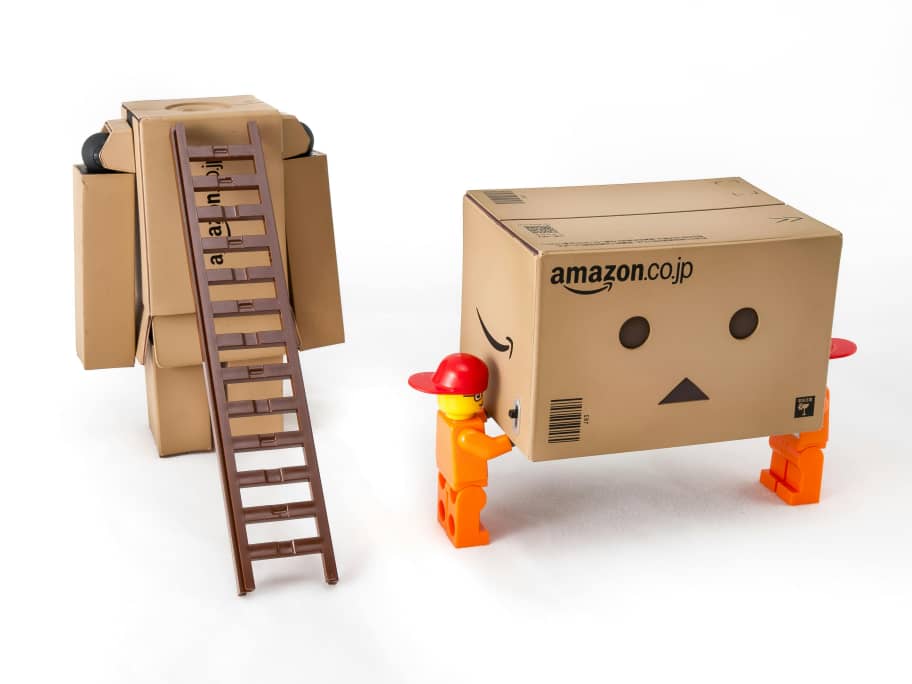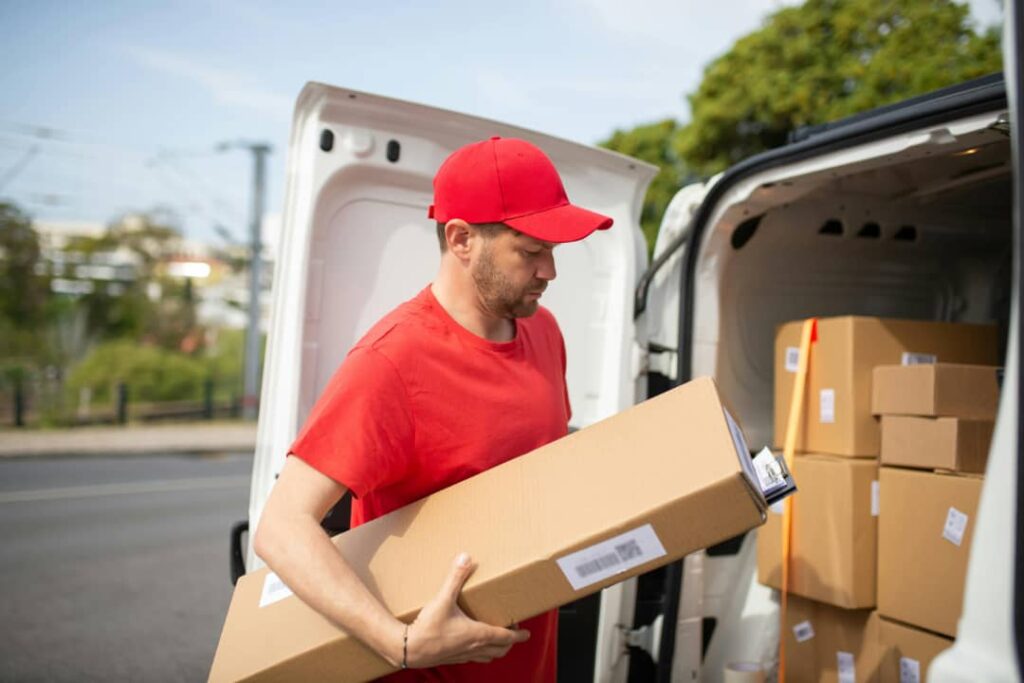Are you interested in starting your online store but need to be more confident about the complexities and costs associated with inventory management? If so, you’re not alone. The good news is that launching a thriving e-commerce business is possible without needing warehouses, storage space, or worrying about shipping logistics.
This guide shows you how to start an online store without inventory using innovative business models like dropshipping, print-on-demand, affiliate marketing, and selling digital products/services. Whether you’re a beginner or an experienced entrepreneur, this comprehensive guide will provide the essential steps and strategies for building a successful online store without the burden of inventory.
From understanding the details of selling products online to building a robust online presence, we’ll cover everything you need to know to kickstart your journey towards e-commerce success.
Can You Start an Online Store without Inventory?
Yes! Starting an online store without inventory is possible but increasingly common in e-commerce. Through innovative business models like dropshipping, print-on-demand, affiliate marketing, and selling digital products/services, entrepreneurs can launch successful online ventures without investing in or managing inventory. This approach offers flexibility, lower upfront costs, and the ability to focus on other aspects of growing the business, making it an attractive option for many aspiring business owners.
Ways to Start an Online Store Without Inventory
These e-commerce business models consistently yield impressive sales for online retailers. They require minimal startup expenses and offer passive income potential. By selecting the appropriate model, you can streamline the setup process, ensuring your e-commerce business has the essential features for success.
1. Dropshipping

Dropshipping is a business model in which entrepreneurs sell products without keeping them in stock. Instead, when a customer purchases, the order is forwarded to a manufacturer or distributor, who then ships the product directly to the customer.
This arrangement frees the business owner from inventory management and shipping logistics responsibilities, allowing them to focus on other aspects of their business, such as marketing and customer service.
Consider exploring Shopify, BigCommerce, and SaleHoo among the numerous dropshipping platforms.
Here’s how it works:
- Find Suppliers
- Select products for your store.
- Create an online store.
- List products from suppliers.
- Promote products through various channels.
- Receive orders from customers.
- Forward orders to suppliers.
- Supplier ships product sent to the customer.
- You handle customer service.
2. Print on Demand (POD)

Print-on-demand enables creators to design custom products and sell them online without needing any physical inventory. When a customer buys from your online store, the print-on-demand supplier prints your design on their white label item, ranging from canvas prints to apparel, homeware, bags, mugs, and stationery, fulfills the order, and ships it to the customer.
It’s an ideal method for e-commerce because you don’t need inventory, storage space, or product management. You upload designs and choose products for your shop, and the supplier handles everything. Its benefits include low startup costs and no inventory management.
However, this model may have lower profit margins and relies heavily on your design skills.You can try platforms like Printiful, Printify, and other Demand Platforms to get started.
Here’s how it works:
- Create custom designs.
- Set up an online store.
- Choose products to feature designs.
- Connect with a print-on-demand supplier.
- Customers buy from your store.
- Orders sent to supplier.
- Supplier prints and ships orders.
- Provide customer service.
- Promote your products.
- Earn from sales.
3. Affiliate Marketing

Setting up an affiliate store means you partner with sellers who pay you commissions for selling their products on your e-commerce site. You don’t have to handle inventory or shipping; instead, you focus on marketing to boost sales. While commissions are small, especially compared to the total sale, you can increase profits by selling a lot.
However, you rely on sellers for customer service, which could impact your business if issues arise. This model works well for those who excel in sales and marketing, especially those with significant social media followings who can promote products effectively.
Amazon Associates and CJ Affiliate are some of the best Affiliate marketing platforms you can check out.
Here’s how it works:
- Choose a market niche of interest.
- Sign up for Affiliate programs.
- Promote products on your site.Poor
- Attract visitors through marketing.
- Earn commissions for sales made.
- Track and optimize results.
4. Fulfillment by Amazon (FBA)

Fulfillment by Amazon (FBA) is a comprehensive solution enabling businesses to operate online stores without the hassle of inventory management. By shipping products directly to Amazon’s fulfillment centers, companies can leverage their infrastructure to pick, pack, and ship to customers. This grants access to Amazon’s vast customer base, streamlining the process of product sourcing, delivery, and sales initiation.While FBA offers time-saving benefits, it’s essential to note associated costs.
Amazon imposes fees for storing inventory and fulfilling orders, though their handling of customer service matters balances this.
To maximize the FBA program’s potential, investing in platform knowledge and exploring diverse online marketing strategies is advisable.
Here’s how it works:
- You select the products you want to sell on Amazon.
- You have those items delivered to the Amazon warehouse.
- Amazon stores those products on your behalf.
- When a customer places an order, and you sell a product on Amazon, Amazon will pack and deliver the product on your behalf.
5. Third-party logistics (3PL) Company

Starting an e-commerce business without inventory is made possible through third-party logistics (3PL) services. This model allows entrepreneurs to sell products online without the need to purchase or store inventory themselves. Instead, the business partners with a 3PL provider who manages inventory storage, order fulfillment, and shipping on their behalf.
By leveraging a 3PL service, e-commerce businesses can focus on marketing, customer service, and scaling their operations without the overhead costs and logistical challenges associated with inventory management. This model offers flexibility, scalability, and cost-effectiveness, making it an attractive option for entrepreneurs looking to start an e-commerce business without the burden of inventory management.
You should check out DHL Supply Chain, FedEx Supply Chain, and other top Third-party logistics (3PL) Companies.
Here’s how it works:
- Create your products or source from suppliers.
- Partner with a 3PL for inventory management and order fulfillment.
- Ship products to the 3PL warehouse for storage.
- Customers place orders on your platform; 3PL receives order details.
- 3PL handles picking, packing, and shipping to customers.
- 3PL manages inventory levels and restocking.
Conclusion
Starting an eCommerce business without inventory can be both exciting and challenging. While it eliminates the need for significant upfront investments, it also requires efficient management of various operational aspects. This is where automation platforms like Quixess come into play, offering a range of tools and features to streamline business operations and maximize efficiency. Entrepreneurs leveraging Quixess benefit from seamless ecommerce integration, effortless inventory management, and order fulfillment. Additionally, the platform provides free automated customer support solutions, valuable data-driven insights, and marketing automation tools, With Quixess, entrepreneurs can focus on growing their businesses and achieving long-term success in the competitive e-commerce landscape.


